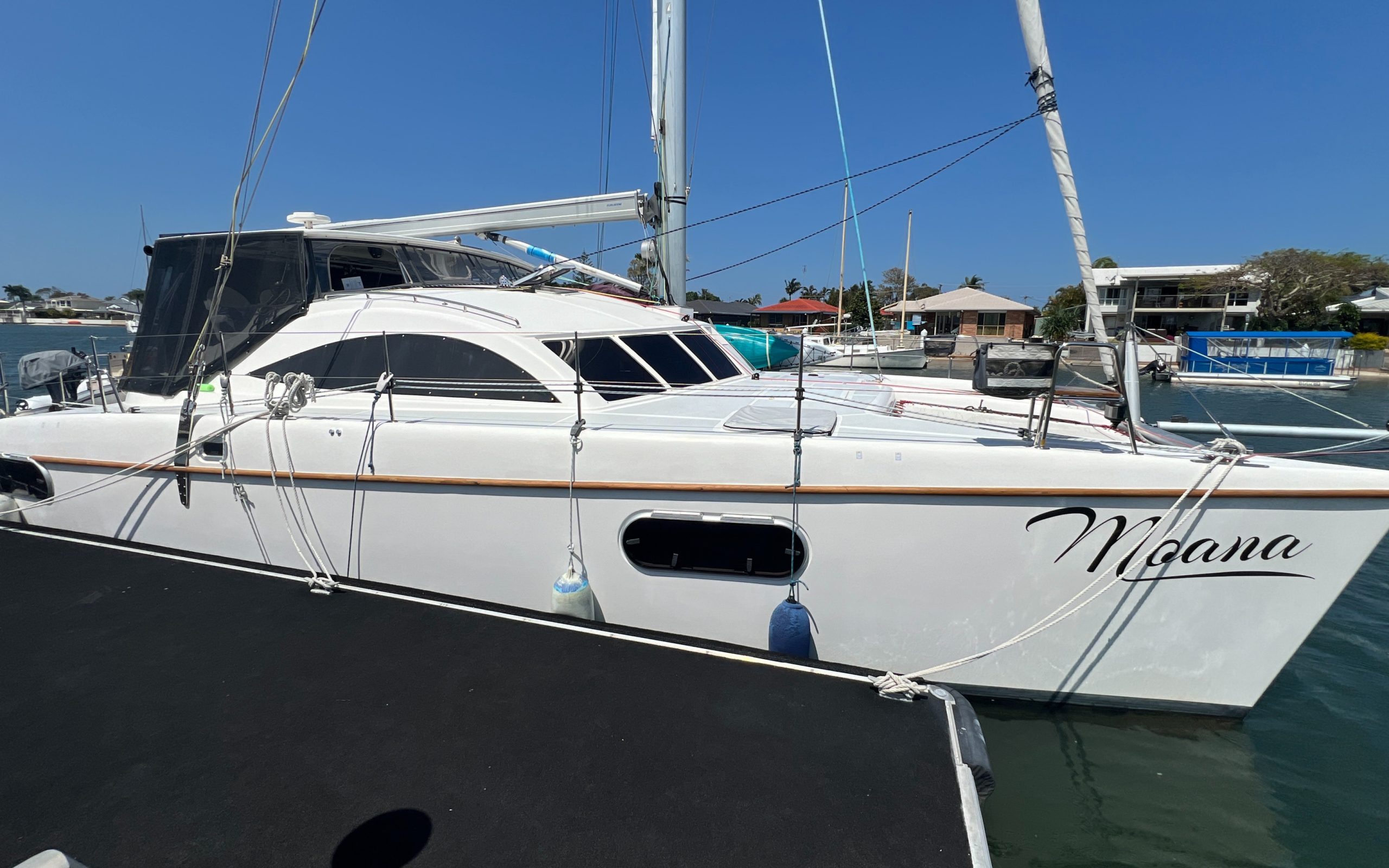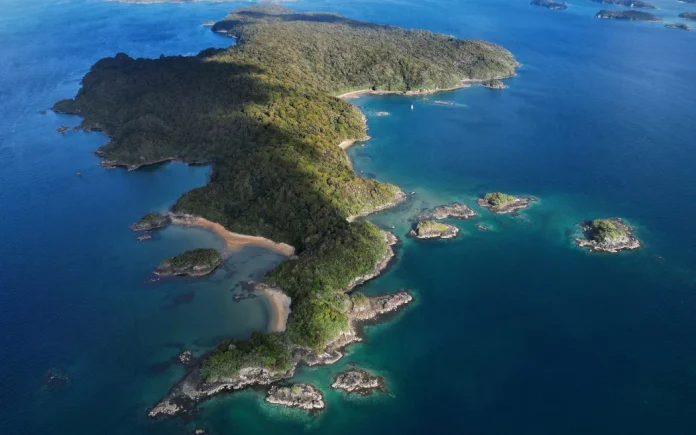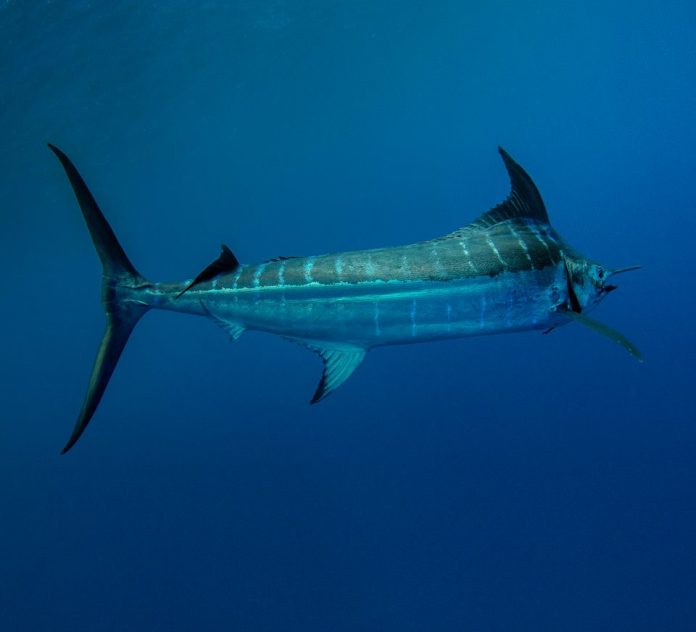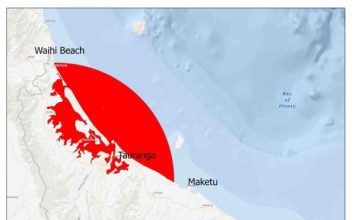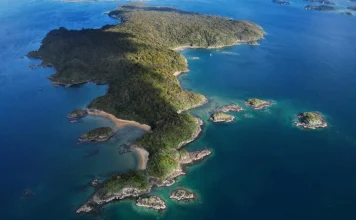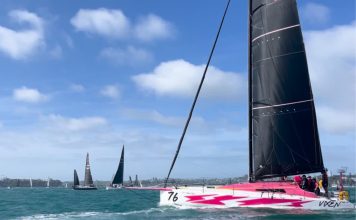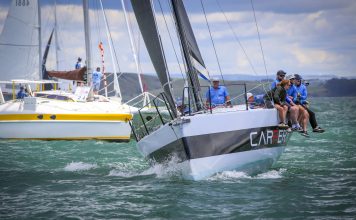A recent survey conducted by the Greater Wellington Regional Council and the Top of the South Marine Biosecurity Partnership has revealed the presence of Mediterranean fanworm (Sabella spallanzanii) on vessels in the Wellington region and the top of the South Island. This invasive species poses a significant threat to New Zealand’s marine ecosystems and highlights the ongoing importance of hull cleanliness.

What is the Mediterranean Fanworm?
The Mediterranean fanworm is a large, tube-dwelling aquatic worm that can grow up to 80cm long, although it is typically found at lengths of 10-50cm. Its flexible, leathery tube is pale brown with a muddy appearance, and it extends a distinctive spiral fan of yellow-orange filaments to collect plankton. This fan is often banded with orange, purple, or white.
How does it spread?
The fanworm attaches to hard surfaces such as rocks, wood, steel, concrete, shellfish, and artificial structures. It can also be found buried in soft sediments. It forms dense colonies, outcompeting native species for food and space, and can negatively impact commercially important species such as mussels, oysters, and scallops. Its larvae can survive up to 20 days before settling, allowing them to travel long distances via ocean currents. The primary method of spread, however, is through hull fouling—where larvae attach to boat hulls and are transported to new locations.
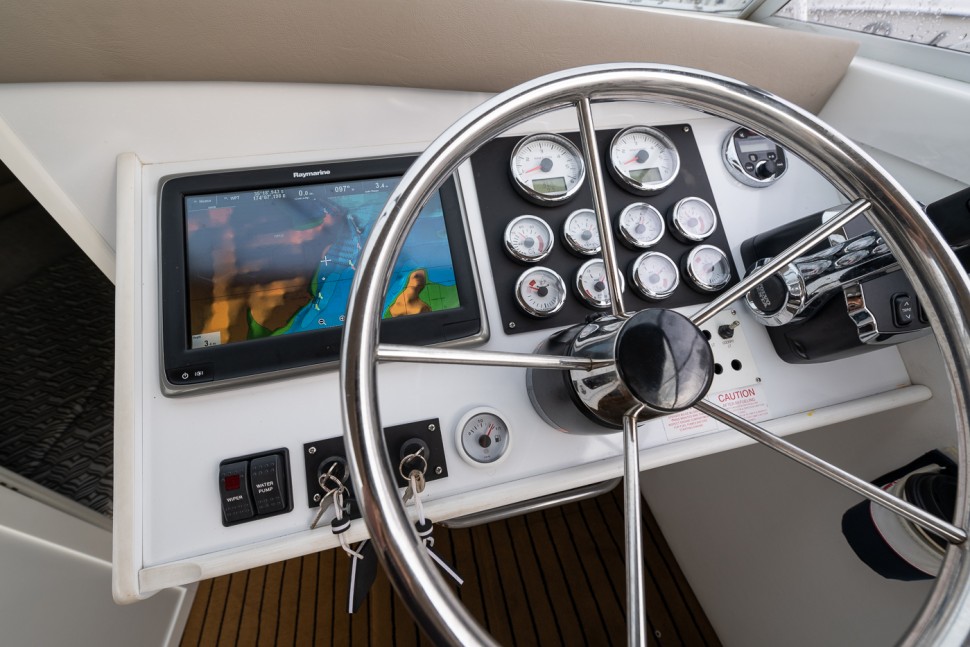
Why is it a problem?
First detected in New Zealand in 2008, Mediterranean fanworm is classified as an Unwanted and Notifiable Organism under the Biosecurity Act 1993. It is known to regenerate damaged body parts, making eradication challenging. It forms colonies of up to 1,000 individuals per square metre and is a highly effective filter feeder, disrupting local ecosystems and competing with native marine life.

Keeping hulls clean to prevent spread
Boat owners play a crucial role in stopping the spread of marine pests. To comply with regional biosecurity rules, vessel owners should:
- Keep hulls clean with no more than light slime at all times.
- Regularly apply fresh antifouling paint (typically every 1-2 years).
- Check and clean hulls before traveling to new areas.
- Haul out and clean heavily fouled vessels—cleaning in the water risks spreading pests.
Many marinas require visiting vessels to have been recently antifouled (within six months) or lifted and washed within the last month. High-risk vessels may be subject to additional requirements.
Survey findings and next steps
The December 2024 survey at Wellington’s Chaffers Marina, Clyde Quay, Evans Bay Marina, Seaview Marina, and Mana Marina identified Mediterranean fanworm on three yachts. While the species is not known to be established in Wellington, this finding highlights the need for vigilance in biofouling management.
Authorities urge boat owners and marina operators to remain proactive in hull maintenance to prevent the spread of invasive species. Suspected sightings of Mediterranean fanworm should be reported to Biosecurity New Zealand by calling 0800 80 99 66 or via the online reporting form at report.mpi.govt.nz.
By maintaining clean hulls and following best practices, boat owners can help protect New Zealand’s marine environment from the threat of Mediterranean fanworm and other invasive species.











